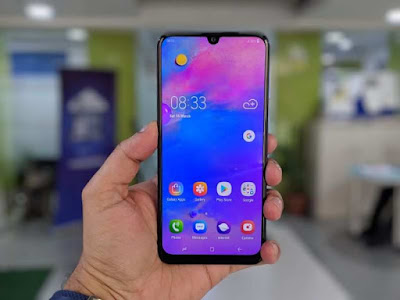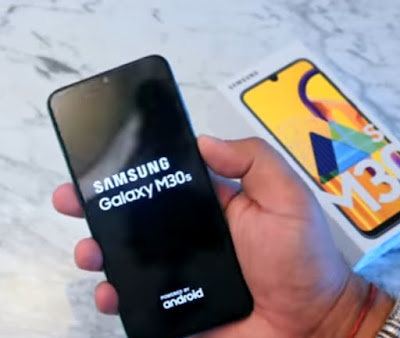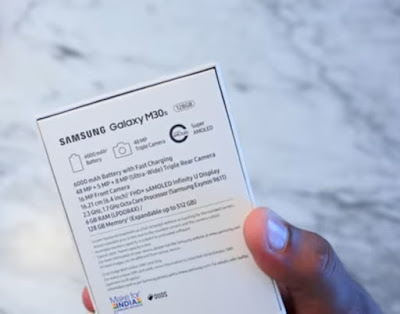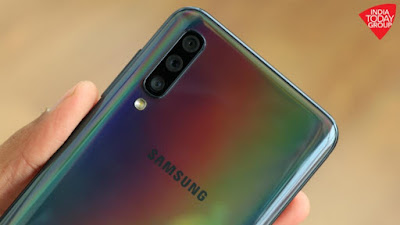Introdution
What's up guys, anand here on Ak chats. And we've got here the latest of what has been my favorite gaming smartphone over the past couple of years. This is of course, the
ASUS ROG Phone 3. We're going to get this review, but we'll also do a bit of a comparison versus the
ROG Phone 2, to see what's different.
Now inside the box as well as the phone, we've got some
ROG stickers. We've got this
plastic case. We've got some
rubber coverings for the ports. There's a braided
USB Type-C to USB Type-C cable, as well as a fast charger. This is a
30-watt fast charger. I think that's about the same as what we had last year. We've got the
Aero Active 3 Cooler, which is the accessory that we can put on to the ROG Phone 3. And we've also got a
USB Type-C to 3.5 milli meter converter. And that is because the ROG Phone 3 does not have a 3.5 milli meter jack this year. There is however, a 3.5 millimeter jack on the Aero Active 3 Cooler, which we'll get to in a second. And of course you get that converter too.
Spcifications.
So, you in here that it's got that iconic ROG phone design, and looks very similar to the
ROG Phone 2,.Not only the the design being similar,but the size is almost exactly the same.
The ROG Phone 3 is just slightly thicker. And that is partly because it's got more of a camera bump because of the new cameras. But I do quite like the cleaner look of the
ROG Phone 3. There aren't as many lines aswe've got on the
ROG Phone 2. And the aerodynamic cooling section has also been updated with this more minimal design. There's of course the
RGB RO Glog, which you can customize. And it looks really, really cool. Now, taking a look at the front. We once again, have a very similar design to what we had last year. And this is around about a
6.6 inch AMOLED display. However, there are lots of improvements. Firstly, it is a
144 hertz display compared to the
120 hertz of the ROG Phone 2. You've also got an improved touch sampling rates. So, we've got 270 hertz versus 240 hertz on the ROG Phone 2. And Asus have also said that we've got as little as 18 milliseconds of touch latency. Which is the lowest on any smartphone in the world right now. Both have
a Full HD+ resolution, but the ROG Phone 3 does have support for
HDR 10+. Whereas the ROG Phone 2 has support for HDR 10. And we've also got a slightly brighter display on the ROG Phone 3, up to 650 nits outdoors, versus 600 nits on the ROG Phone 2. Now, I've absolutely loved the display on the ROG Phone 2. So smooth, one of the first with 120 hertz. Now, the
ROG Phone 3 is one of the first with 144 hertz. How much of a difference does it make from 120 hertz to 144 hertz? Definitely a difference,but not as noticeable as when you go from say 60 to 90 hertz, or from 90 to 100 hertz. The higher the refresh rate, the less noticeable it is it, in my opinion. But nevertheless, with that high refresh rate, the higher touch sampling rates, as well as that minimal latency, does make this one of the, if not the best gaming smartphone display out there. And we do have the top and bottom bezels. Which give you the front firing
stereo speakers. Now, these speakers are slightly larger compared to what we had last year. And on the ROG Phone 3,we have seven magnets for more power and less distortion, as well as game effects in partnership with Swedish company, Dirac. Now let's take a look around the device. So upfront there is that front-facing camera. This is 24 megapixels. It's got a slightly wider aperture compared to what we had last year. On the right-hand side, the buttons are on the same place. So we've got the volume rocker as well as the power button. And then we've got the air triggers. These are version three of the air triggers. And this year, we've got twice as many gestures compared to last year. Now supporting both sliding and swiping. And you can also divide each button into two partitions for tapping. So air triggers are actually really useful because you can map these two different areas on different games. And you know, they're going to give you an additional advantage. At the bottom, is where we've got that surprise. And there is no
3.5 millimeter headphone jack. So you've just got the
USB Type-C input, but on the left-hand side, as well as the SIM card tray, you do have two
USB Type-C ports in the middle. And this is something that I absolutely love about ROG phones. Just the consideration of having these on the left-hand side means that, not only can you attach different accessories, but you can also plug in the smartphone, use it in
landscape mode, and the wire is not going to be coming in your way like it would do on other smartphones. Really, really cool. It does come with a cover, which I usually take off and lose. Now, here you can attach the
Aero Active 3 Cooler, which we have here. Now this is not only going to cool your device. You have another RGB logo because the current logo is going to be covered. And then you've got a USB Type-C port here at the bottom. So you can still have this plugged in, as well as of course,a 3.5 millimeter jack. So yes, we don't have a 3.5 millimeter jack on the device itself, but it is nice that we do have it onthe Aero Active Cooler. And the new thing about the Aero Active Cooler this time is that we'vealso got a kickstand. So, if you're watching somecontent and you just want somewhere to kind of placethis for your gaming, and you don't want tobe carrying the device, then this is definitely quite cool. Now, let's talk about performance. ROG phone's known for having the latest and best specs out there. And this is also the case on the ROG Phone 3. I believe it is the first smartphone to have the Qualcomm snapdragon 865+ chipset. The ROG Phone 2 has the 865+. It was also one of the first to have that chipset. Now there is also the ROGPhone 3 Strix Edition. This is going to be priced a little bit lower, and that will have the snapdragon 865 standard. And you can get up to
512 gigabytes of UFS3.1 storage up from 3.0 last year, as well as up to
16 gigabytes of LPDDR5 RAM compared to up to
12 gigabytes of LPDDR4X RAM that we had last year. We've also of course got support for
5G this year, and we've got the
Game Cool 3 heat dissipating system.
This has a six times larger heat sink compared to last year with a redesigned
3D vapor chamber and in larger graphite. Now I still use the ROG Phone, and it has no problems in terms of performance, really does keep up with all of the newer games as well. The
ROG Phone 3 just takes that further, and it's going to last you that much longer. It also has newer software. So we've got
Android 10 with the
ROG UI. My ROG Phone 2 still has Android 9. I've not got the Android updates as yet. We've got X mode with armory crate. So, this gives you a wider variety of performance parameters from CPU and GPU performance to touch sensitivity settings and display refresh rate. Now let's talk about the cameras. So the cameras have been improved compared to last year, and there's some really interesting things here. The primary
camera is now a 64 megapixel sensor. It is the Sony
IMX686 compared to the I
MX 586 with
48 megapixels last year. We've got a 13 megapixel ultra-wide camera. And this year, we've also got an additional five megapixel macro camera, which is going to let you focusin closer to your subjects. It's five megapixels. So, it's not the bestmacro camera out there, but it's nice to have. What's very exciting for me however, is the fact that couples with the
Qualcomm snapdragon 865+ chipset. That means you can get
8K at 30 frames per second here. That is something that you really can't do on many other devices,as far as I'm aware. This is probably one of the only that has that capability. The
Samsung Galaxy S20 Series does have 8K, but that is at a maximum of
24 frames a second. But in addition to that, you've got
4K at up to 120 frames per second. And I believe that makes this one of the only smartphones that can film at that frame rate at that resolution. Which is very, very impressive. Now for the battery. We once again have
6,000,000,000 bowers, which is one of the largest batteries on any smartphone right now. And my experience with the
ROGPhone 2 was very, very good. One of the best in terms of battery life on any smartphone last year and with the
ROG Phone 3 as well, that battery life, amazing. Obviously the more you game, and the more heavy you game with he high refresh rates, that's going to take up more battery. However,
Asus have put in a few features in here to get you the most out of your battery life. There's some battery care features. So you've got a custom charging limit, and that will allow you to say, lower your limit to around 90% or 80%. There's also a slow charging option, which will limit charging to around 10 watts, which will be better for the battery wear, we'll keep the temperature down by around 34%. And, there's also scheduled charging with added sleep wall options such as end time by alarm.
Conclusion
Now, finally, let's talk about the price. So, the pricing information I have right now is that for this flagship version, which has
512 gigabytes of storage, 16 gigabytes of RAM with the 865+, you're going to be looking at around 1,100 euros. If you do want to go for the 12 gigabyte version, then that's going toat around 1,000 euros. And if you do want togo for the Strix Edition with the
865 8 gigabytes of RAM with 256 gigabytes of storage, then that's going to be around 800 euros. Now, once I've got more pricing information available for UK, US, et cetera, I'll be sure to drop that down in the description below. What do you guys think of the ROG Phone 3? Is this the gaming phone of the year? For me, it is leaning towards that way. Definitely let me know in the comments below.









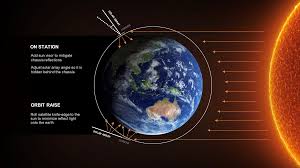






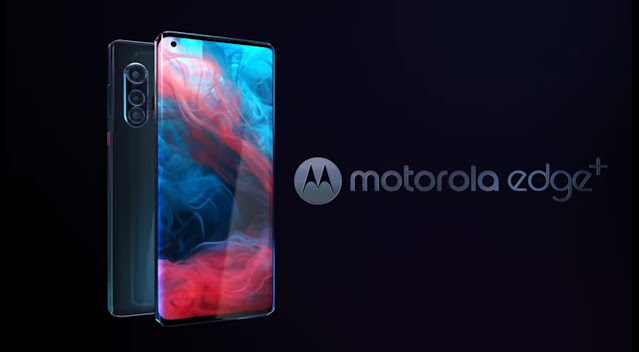









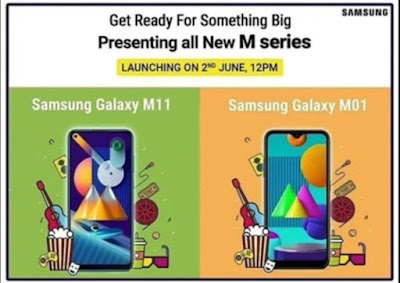


![]Oppo Reno 4 ]Oppo Reno 4](https://blogger.googleusercontent.com/img/b/R29vZ2xl/AVvXsEgd7XyI3wxIri3o4eLQh_gseVxv8L-GjsQviU8UpkWMFfzlWuxhP03_BKJUA66dMN_N0vFLrj1j4Bxj7QgJhkPGSv1gV5L2WaUKuyisIquLYvnrJmJii1TRRwVEzinTkXUWukz3FjiyD7c/w400-h195/IMG_20200608_175118.jpg)
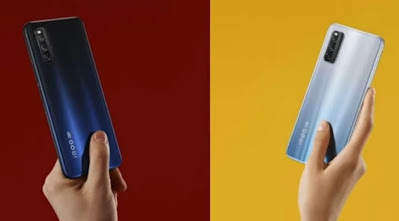



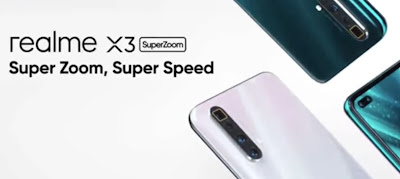
![10]Asus rog phone 3 10]Asus rog phone 3](https://blogger.googleusercontent.com/img/b/R29vZ2xl/AVvXsEgnD0VtwWQJzPayjyfVuZKvB2av3XZ_cs3uSTAOFjiAltLHTNb7V4a1xVeGhWosynPs940QSUSn9mbymOXxEQb_Gj1yH05uCcQM5sYvvJmecGtfc29E_8gkl9yaqNDpzEei4DCh6LEkucQ/w400-h265/IMG_20200608_175357.jpg)





